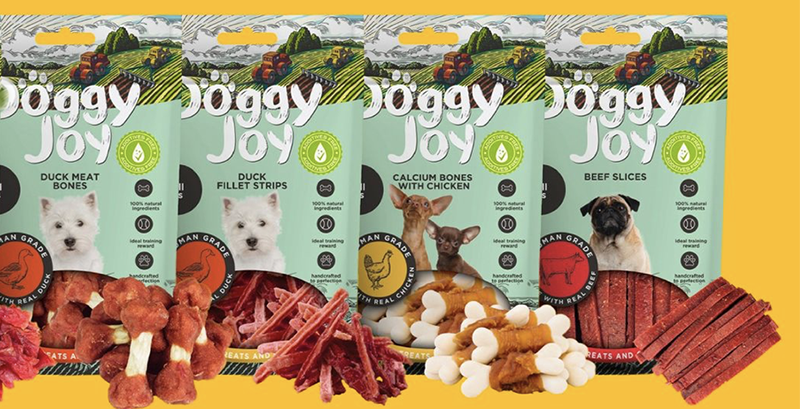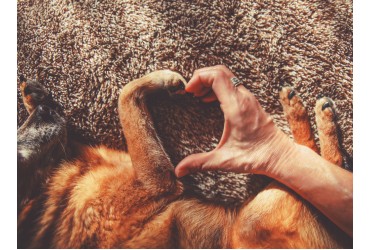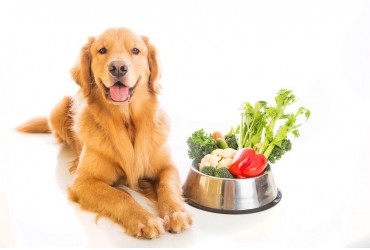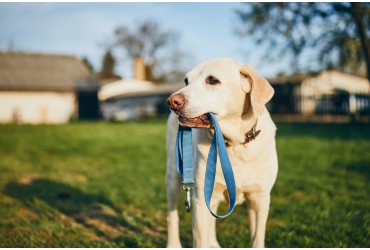How To Train Your Dog With Treats?
Just as Hooman children need to go to school, doggos need to undergo obedience training to lead happy lives with their owners. All pawrents can and should pick up fundamental dog training skills to have healthy communication with their furkids.
You may be wondering what's the fastest and easiest way to train your dog. Well, one tried and tested method is to use tantalising training treats to reward your dog for behaving well. As most dogs are food-motivated, incorporating yummy treats into your training is a powerful and effective way to help your dog master commands. This is because training treats make the process more rewarding and enjoyable for both you and your fur friend.
Why use treats for your dog training?
Delicious nom nom supercharges your furkid’s learning

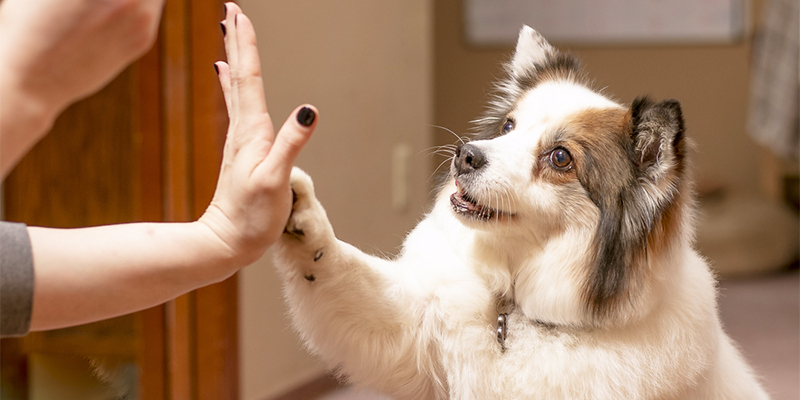
According to Victoria Stilwell, a world-renowned dog trainer from the international hit TV series It's Me or the Dog, food has the power to not only enhance a dog’s ability to learn but also help scared canines feel calm by raising the levels of dopamine, the happy hormone. Once stressed dogs relax, this will help them to learn better.
Some sceptics believe that relying on food to teach dogs good behaviour is pointless because once there are no treats, furkids will start misbehaving again. However, that's nothing but a frequently-repeated myth. This is because, when done correctly, the use of training treats can lead to long-term learning. Once your dog has mastered a command, you only need to reward it with treats intermittently. Instead of rewarding good behaviour with treats all the time, you can sometimes use other rewards (e..g toys, praise, etc) to get the same effect.
Gustatory pleasure makes dog training more enjoyable

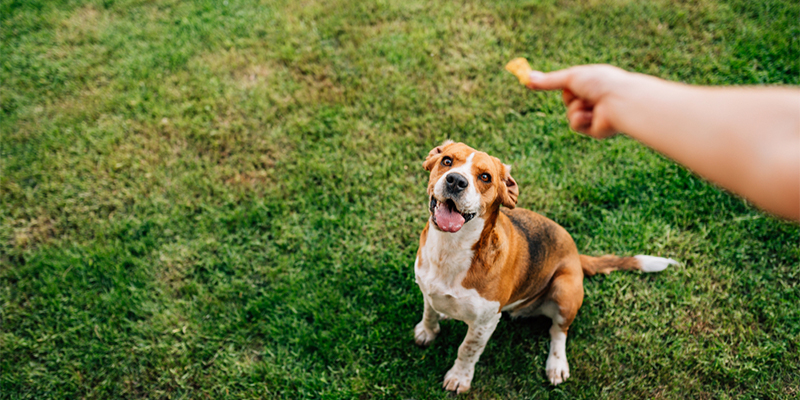
Some dogs with short attention spans are more interested in other activities like chasing their own tail and may get bored during your lessons. But using training treats to reward them when they learn will keep lessons exciting and fun.
How to use treats to train in the right way?
Nearly all vets believe that positive reinforcement training is the most powerful dog training strategy. Simply put, positive reinforcement training is all about rewarding your pet for good behaviour, rather than punishing bad behaviour. In other words, if you, for example, want to train your dog to like being in a carrier, you need to praise him when he doesn’t put up a fight when you put him in a carrier instead of scolding him when he whines in the carrier.
Here’s a simple guide on how you can employ treats in positive reinforcement dog training:
1) Find a quiet environment for your lesson and keep the treats hidden
For optimal learning to take place, you need to minimise distractions to make it easy for your furkid to focus on you. Instead of conducting your first few lessons in a noisy park, you can choose to have them in a quieter environment like your living room or backyard.
After you’ve found your ‘classroom’, don’t bring the training treats out too early. If your dog can clearly see the treats, he may think that he will get them soon - something you want to avoid until he has made progress in the training.
2) Add a training cue

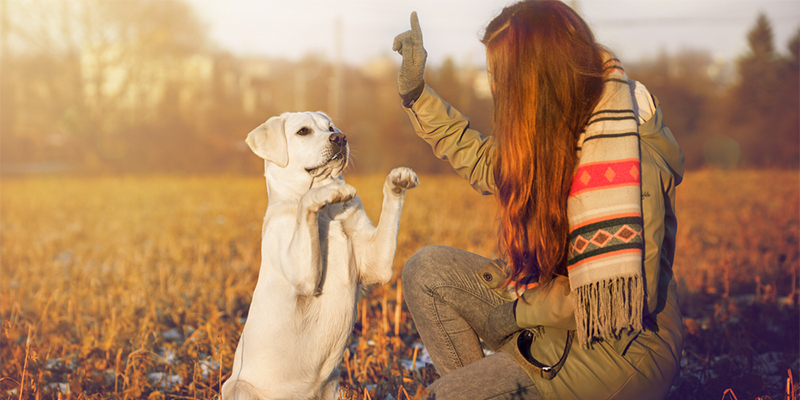
In order to teach your dog a command, you need to show relevant cues to help him understand what you want. For example, to teach your furkid to stand, you can use the verbal cue ‘stand’ and also couple it with a hand signal.
3) Reward promptly when your dog delivers


Once your furkid successfully performs the command, reward him immediately with a training treat. Rewarding him as soon as possible is key when teaching a new command, helping him to associate the treat with the action he just performed.
Did you know that feeding your dog at the right time is important for optimal training results? If you give him the treats too early (e.g. showing him a piece of food before he completes the task), that would be bribery. Bribing dogs is inadvisable because they will probably start refusing to listen to you unless they see the food first. On the opposite end of the spectrum, feed the treats too late (i.e. long after the action has been performed), and your dog won’t be motivated to follow your instructions.
In addition, be strict during the dog training sessions. Avoid giving treats to a dog displaying undesirable behaviour, such as jumping on people, snatching training treats and taking over your bed, as this will reinforce the wrong ideas.
4) Establishing a variable reward schedule

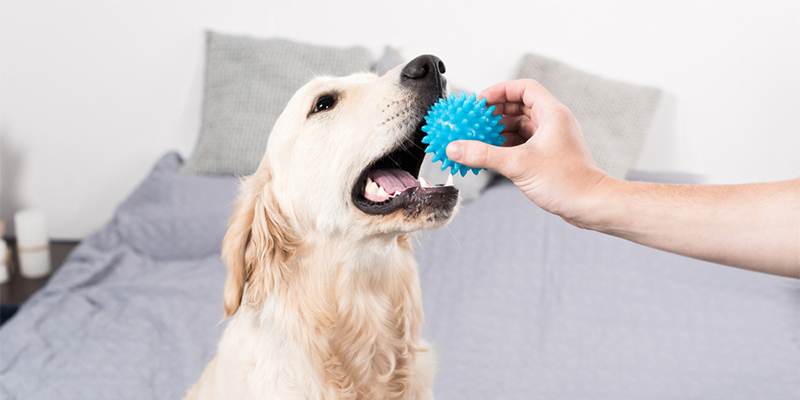
After your dog has mastered the command, you can switch to intermittent reinforcement. That is, you give him a high-value reward (e.g his favourite treats) for responding to a cue only intermittently. Sometimes, you give him other lower-value rewards, such as praise, toys and a good pet. Because your furkid never knows when a treat is coming he will continue to respond in anticipation that food will appear again in the future.
Treats you should choose!
Healthy treats with natural ingredients

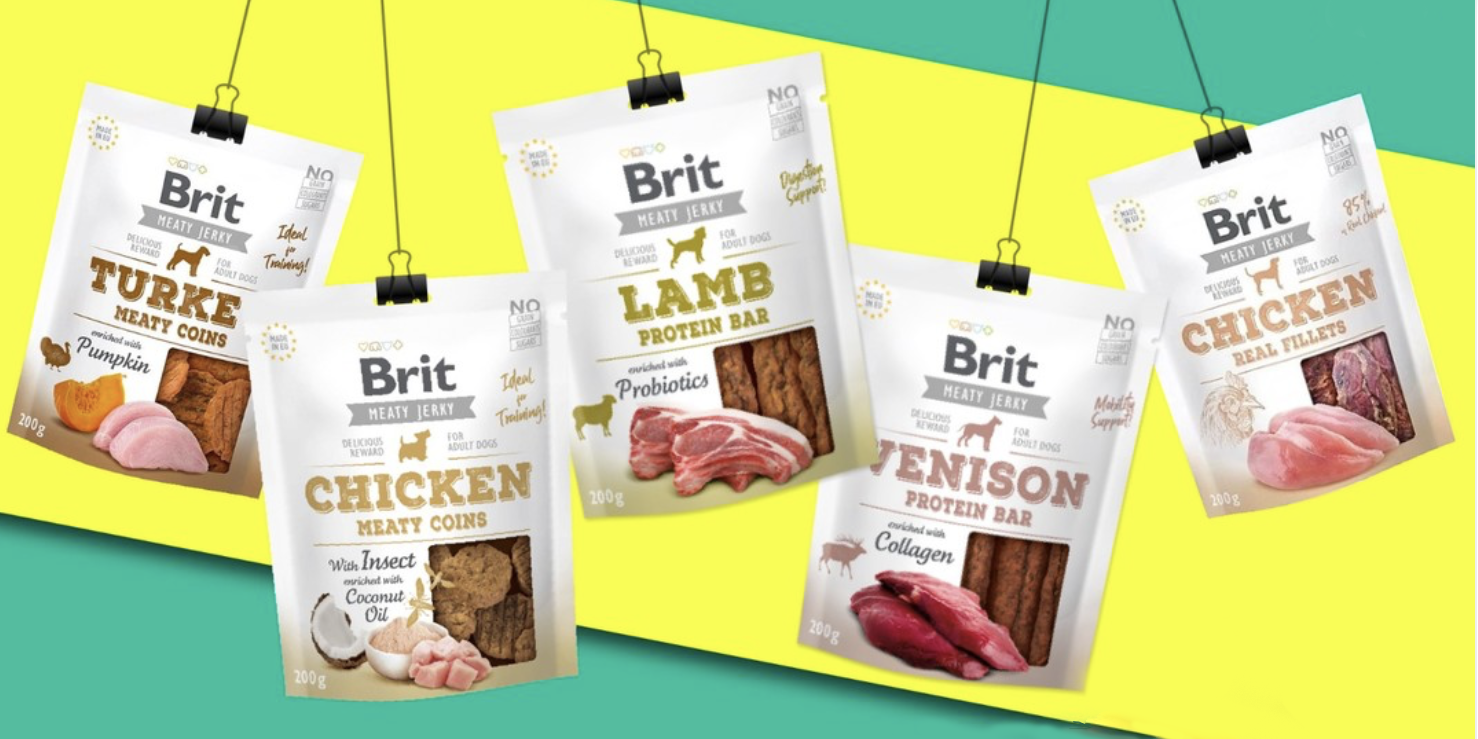
Your dog is what he eats. So, nutritious and delicious treats are a must-have to keep him physically strong. Superior snacks are made with natural ingredients and are free from harmful artificial ingredients (e.g. hormones, antibiotics, chemical preservatives, genetically modified organisms (GMO), colourants & etc).
A prime example of wholesome dog treats loaded with natural goodness is Brit Care’s Meat Jerky Treats series. Made of real meat with NO colourants, NO GMO, NO sugar and NO grains, this is truly the real deal.
Recommended products:
- Brit Care Meaty Jerky Treats
- Bronco Appétit Dog Treat
Fast-eating treats (for teaching new behaviours)

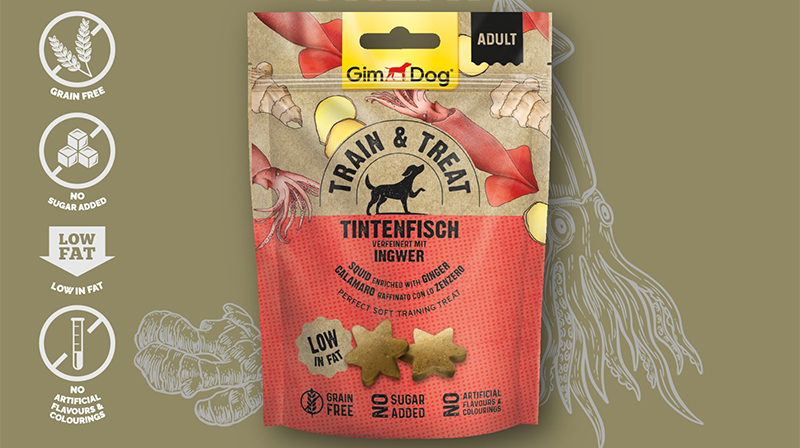
When beginning to train your dogs, it’s crucial to help them be motivated and interested. You can do so by choosing treats they can eat quickly (e.g. soft treats and bite-sized treats) to minimise disruptions to your lessons and maintain their interest. This is important because if your dog spends several seconds eating each treat, that translates to more time waiting time and less practice time.
GimDog Train & Treat snacks series features soft snacks that can be gobbled up quickly. The soft treats are made with unique ingredients (e.g. squid, ginger, coconut, etc) that can surprise and excite your dog. The nutritious snacks’ memorable flavours are sure to have your dog jumping with joy and coming back for more.
If you prefer fast-paced lessons, opting for bite-sized snacks which are small enough to be eaten in one mouthful is the way to go. Kelly & Co’s Freeze Dried Raw Treats are bite-sized, so you don’t need to waste precious lesson time breaking the treats into smaller portions. You can also enjoy peace of mind because the single-protein raw treats are high in protein and low in calories, so they reduce the risk of obesity and help your dog to maintain his fur-bulous figure.
Recommended products:
- GimDog Train and Treat
- Kelly & Co's Dog Freeze-Dried Raw Treats
Slow-eating treats (for helping dogs to relax for a long time)
Chewable canine treats work better in certain situations. Case in point, when your dog is anxious about being in a crate or carrier, slowly savouring treats will help him to relieve anxiety. In this case, chewy treats are a fabulous option because they can not only calm him down but also entertain him.
What’s better than a treat with delicious and natural ingredients? A delicious, natural treat that lasts! Doggy Joy’s treat series includes some chews that enable your furkids to joyfully munch to their hearts’ content. Let them feast on delectable duck meat bones, inviting calcium bones and flavourful meat on chewy sticks — all handcrafted to perfection so your dog’s taste buds will sing with joy.
Recommended products:
- Doggy Joy for Medium and Large Breed Meat On Chewy Sticks
- Doggy Joy for Small Breed Meat Bones



